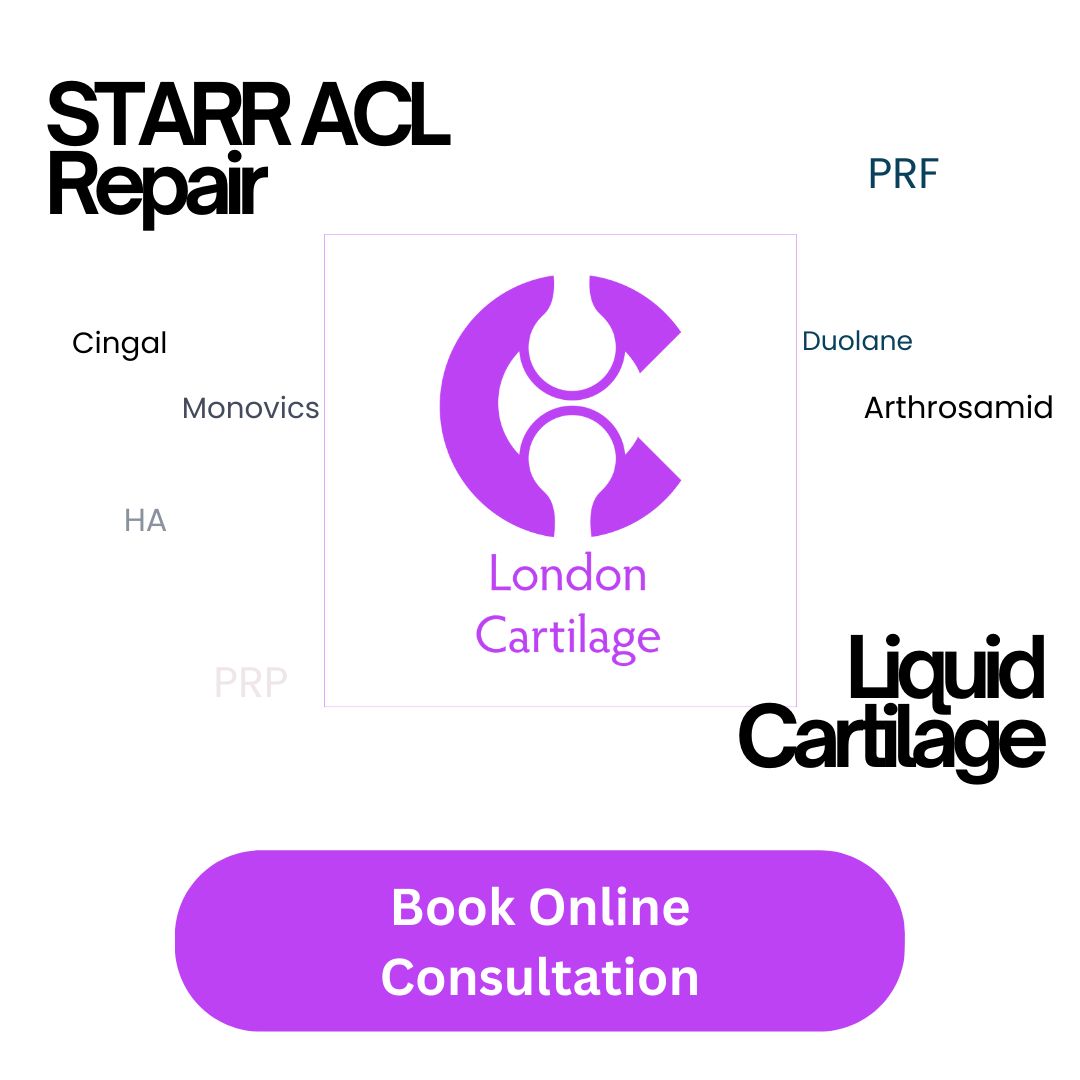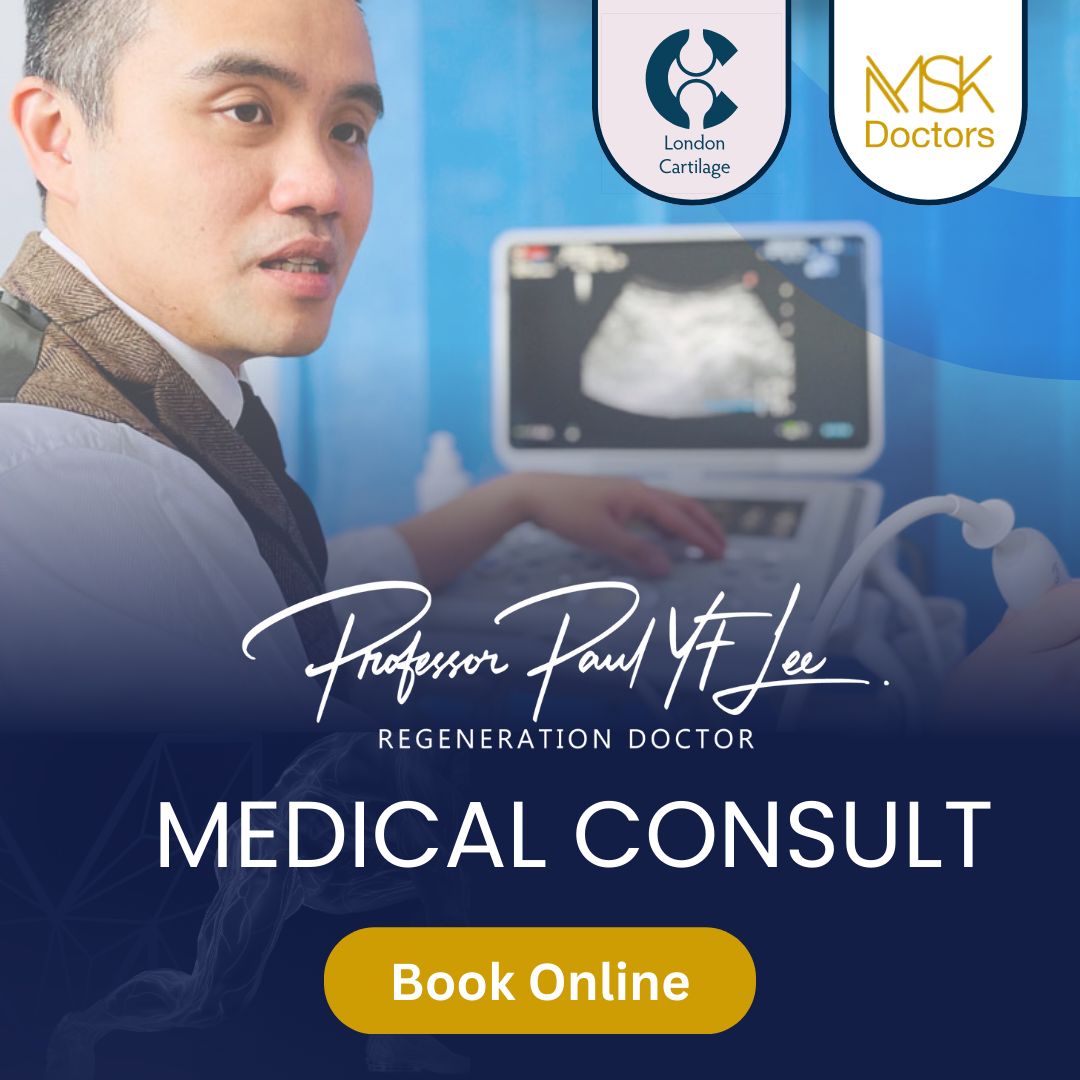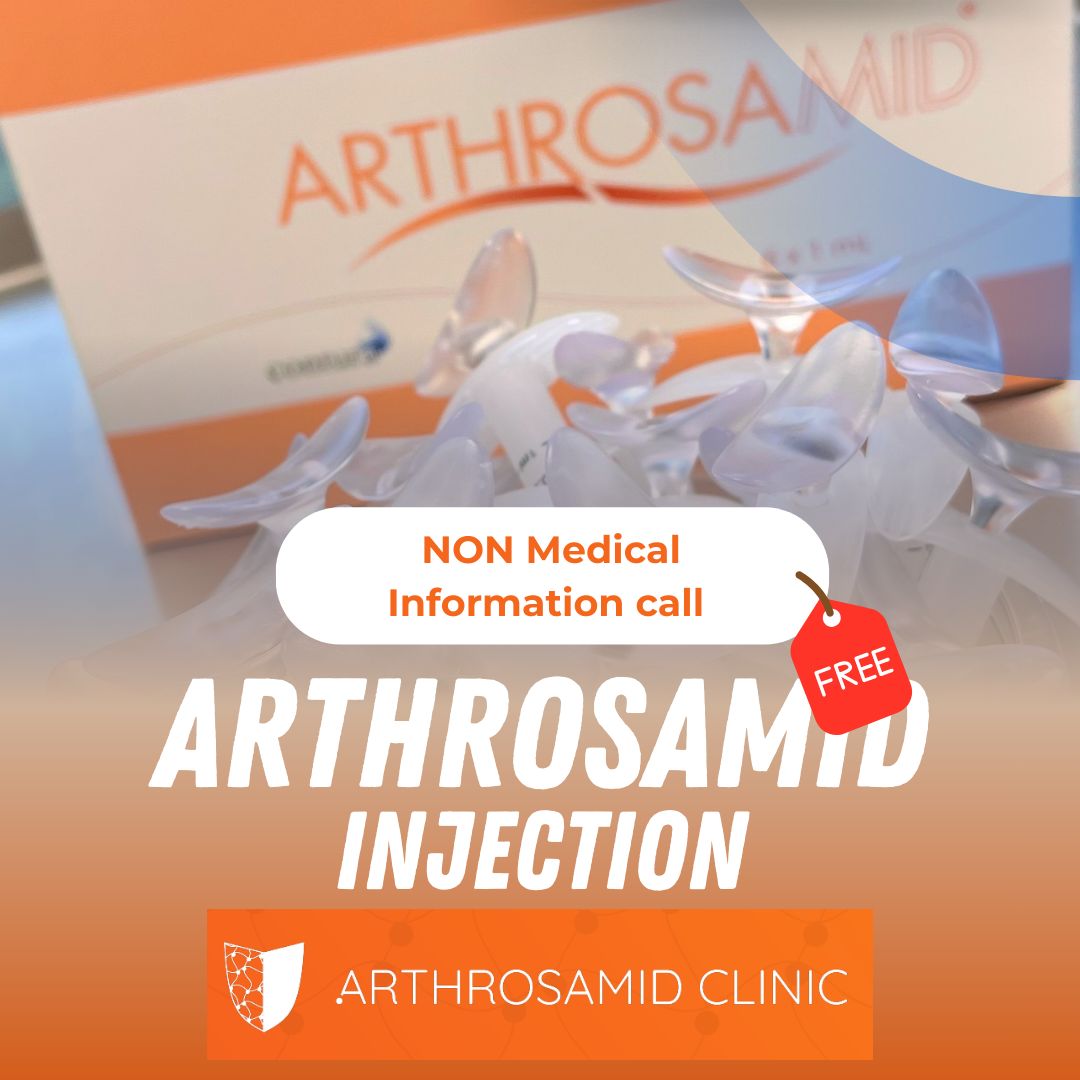Bikini Hip Replacement: A Minimally Invasive Surgical Technique for Faster Recovery and Reduced Scarring
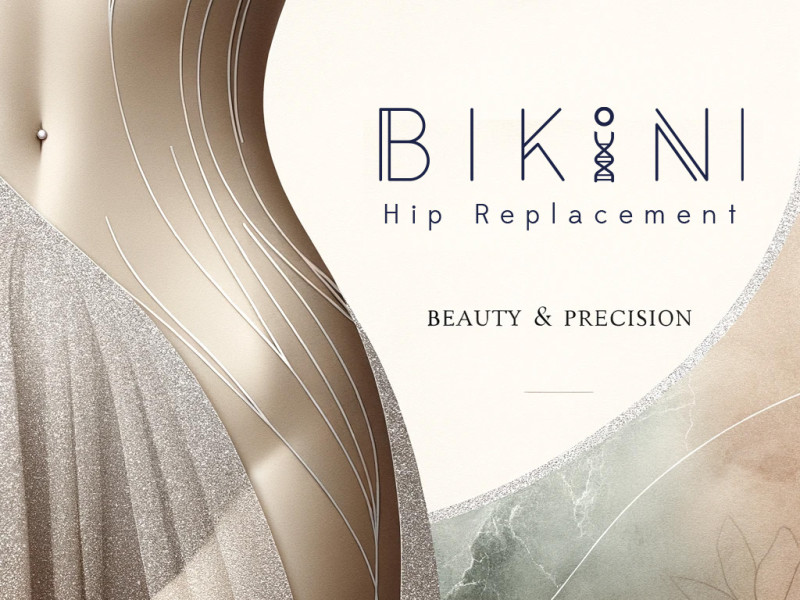
Bikini Hip
The Bikini Hip Replacement, formally known as the Bikini Incision Direct Anterior Approach (DAA), is a minimally invasive surgical technique utilized for total hip replacements. Here are detailed aspects of the Bikini Hip Replacement technique based on the information garnered from multiple sources:
Surgical Approach:
- The Bikini Hip Replacement technique employs a minimally invasive anterior approach to access the hip joint, thus minimizing the harm to muscles, blood vessels, and nerves surrounding the joint.
- The incision is uniquely placed parallel to the skin creases, as opposed to a longitudinal incision traditionally used in Direct Anterior Approach Total Hip Arthroplasty (DAA THA). This incision placement corresponds to the skin's tension, leading to improved postoperative scar cosmesis and reduced wound complications.
Preservation of Anatomical Structures:
- This technique is known for preserving the branches of the external circumflex lateral vessels, antero-medial capsule, and adjacent labrum with limited dissection of the tensor fascia-lata, which is significantly beneficial in reducing blood loss and promoting faster recovery.
Benefits:
- Reduced Recovery and Rehabilitation Time: The Bikini DAA significantly diminishes post-operative recovery time since no muscles are cut during the procedure. Patients can often stand and practice walking with crutches almost immediately post-surgery and can typically return to driving within one month of surgery.
- Shorter Hospital Stay: Many patients are able to return home much sooner, generally the day after surgery, due to quicker initial recovery5.
- Aesthetic Advantages: The incision results in a much smaller scar, which is often hidden in the bikini line in females, making it aesthetically more appealing to patients.
- Faster Return to Daily Activities: The minimally invasive nature of this procedure enables patients to return to their daily activities much quicker compared to conventional hip replacement surgery.
- Less Blood Loss: Preservation of both muscles and vessels means blood loss is significantly reduced, seldom requiring blood transfusions, hence reducing the risk of blood clots in the patient’s legs.
One of the main advantages of the direct anterior approach is the potential for faster recovery and rehabilitation. Studies have shown that patients who undergo THA using the DAA may experience less postoperative pain, have shorter hospital stays, and achieve better early outcomes in terms of pain relief and functional recovery (Kyriakopoulos et al., 2018). This can be attributed to the preservation of important muscles and soft tissues during the surgery, leading to improved stability and reduced muscle damage (Bergin et al., 2011).
Additionally, the DAA allows for improved visualization of the hip joint, which can aid in achieving accurate component positioning and leg length restoration (Poehling-Monaghan et al., 2015). This can contribute to better long-term outcomes and patient satisfaction. Furthermore, the anterior approach avoids the need to detach muscles from the hip, which may reduce the risk of dislocation and improve joint stability (Pincus et al., 2020).
Drawbacks
However, there are also some potential drawbacks to consider. One concern is the learning curve associated with the DAA. Studies have shown that the early experience with this approach may be associated with a higher complication rate (Spaans et al., 2012). Surgeons need to undergo proper formal training and gain adequate experience to mitigate the risks of complications and ensure optimal outcomes (Kyriakopoulos et al., 2018).
Post-operative Outcomes:
- Reduced Risk of Dislocation: The technique significantly reduces the likelihood of hip dislocation due to preservation of muscles that work to improve the stability of the hip.
- Prevention of Limping: The procedure significantly reduces the chances of post-operative limping as muscles, blood vessels, and nerves are preserved during the exposure of the hip joint.
Cosmetic Outcome:
- The Bikini incision may improve postoperative scar cosmesis and patient satisfaction while reducing wound complications, which can be a significant factor for patients concerned about post-operative scarring.
Surgical Experience
- Surgeon's experience described the technique of directing the anterior approach to the hip through a bikini incision without a traction table while preserving crucial anatomical structures, showcasing the technique's feasibility and positive outcomes.
- Certain orthopedic surgeons and clinics have begun adopting and championing the Bikini DAA technique due to its numerous advantages over traditional hip replacement methods.
The Bikini Hip Replacement technique's innovative approach in incision placement, minimal invasiveness, and preservation of surrounding anatomical structures significantly contribute to its growing popularity and adoption in the orthopedic community.
Conclusion on Bikini Hip
In conclusion, the direct anterior approach in total hip arthroplasty offers potential benefits such as faster recovery, improved early outcomes, and better visualization of the hip joint. However, it is important to consider the learning curve associated with this approach and the increased risk of infection. Surgeons should weigh the pros and cons and make informed decisions based on patient characteristics and surgical expertise.

References:
· Alva, A., Nizam, I., & Gogos, S. (2021). Minimizing complications in bikini incision direct anterior approach total hip arthroplasty: a single surgeon series of 865 cases. Journal of Experimental Orthopaedics, 8(1). https://doi.org/10.1186/s40634-020-00318-7
· Bergin, P., Doppelt, J., Kephart, C., Benke, M., Graeter, J., Holmes, A., … & Unger, A. (2011). Comparison of minimally invasive direct anterior versus posterior total hip arthroplasty based on inflammation and muscle damage markers. The Journal of Bone and Joint Surgery (American), 93(15), 1392-1398. https://doi.org/10.2106/jbjs.j.00557
· Jin, X., Chen, G., Chen, M., Riaz, M., Wang, J., Yang, S., … & Xu, W. (2023). Comparison of postoperative outcomes between bikini-incision via direct anterior approach and posterolateral approach in simultaneous bilateral total hip arthroplasty: a randomized controlled trial. Scientific Reports, 13(1). https://doi.org/10.1038/s41598-023-29146-2
· Kyriakopoulos, G., Poultsides, L., & Christofilopoulos, P. (2018). Total hip arthroplasty through an anterior approach. Efort Open Reviews, 3(11), 574-583. https://doi.org/10.1302/2058-5241.3.180023
· Nizam, I., Alva, A., & Gogos, S. (2021). The bikini incision anterior cemented total hip arthroplasty: assessment of radiological and clinical outcomes. Sicot-J, 7, 3. https://doi.org/10.1051/sicotj/2020050
· Nizam, I., Alva, A., & Gogos, S. (2021). The bikini incision anterior cemented total hip arthroplasty: assessment of radiological and clinical outcomes. Sicot-J, 7, 3. https://doi.org/10.1051/sicotj/2020050
· Pincus, D., Jenkinson, R., Paterson, M., Leroux, T., & Ravi, B. (2020). Association between surgical approach and major surgical complications in patients undergoing total hip arthroplasty. Jama, 323(11), 1070. https://doi.org/10.1001/jama.2020.0785
· Poehling-Monaghan, K., Kamath, A., Taunton, M., & Pagnano, M. (2015). Direct anterior versus miniposterior tha with the same advanced perioperative protocols: surprising early clinical results. Clinical Orthopaedics and Related Research, 473(2), 623-631. https://doi.org/10.1007/s11999-014-3827-z
· Post, Z., Orozco, F., Díaz-Ledezma, C., Hozack, W., & Ong, A. (2014). Direct anterior approach for total hip arthroplasty. Journal of the American Academy of Orthopaedic Surgeons, 22(9), 595-603. https://doi.org/10.5435/jaaos-22-09-595
· Spaans, A., Hout, J., & Bolder, S. (2012). High complication rate in the early experience of minimally invasive total hip arthroplasty by the direct anterior approach. Acta Orthopaedica, 83(4), 342-346. https://doi.org/10.3109/17453674.2012.711701
· Zhang, Q., Liu, B., & Zhao, B. (2022). The short-term efficacy of bikini incision and traditional incision in total hip replacement for elderly patients via the direct anterior approach. Frontiers in Surgery, 9. https://doi.org/10.3389/fsurg.2022.850046




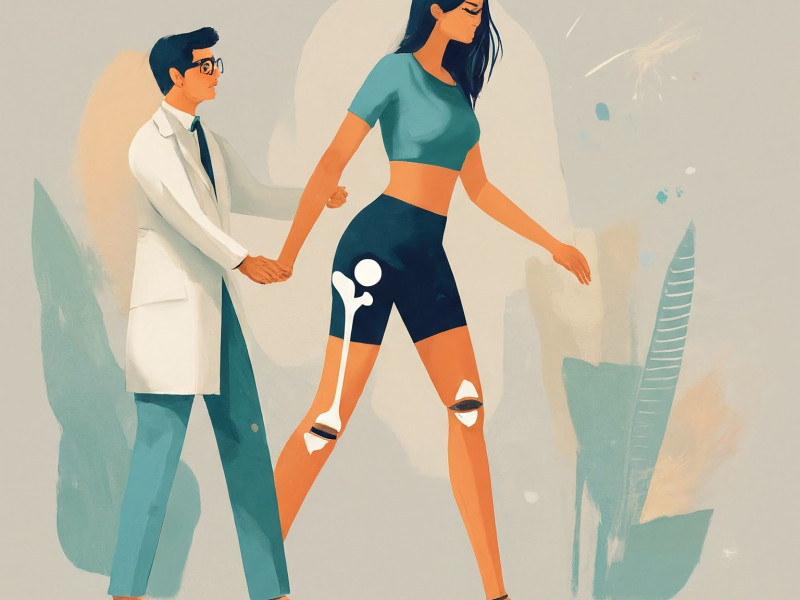
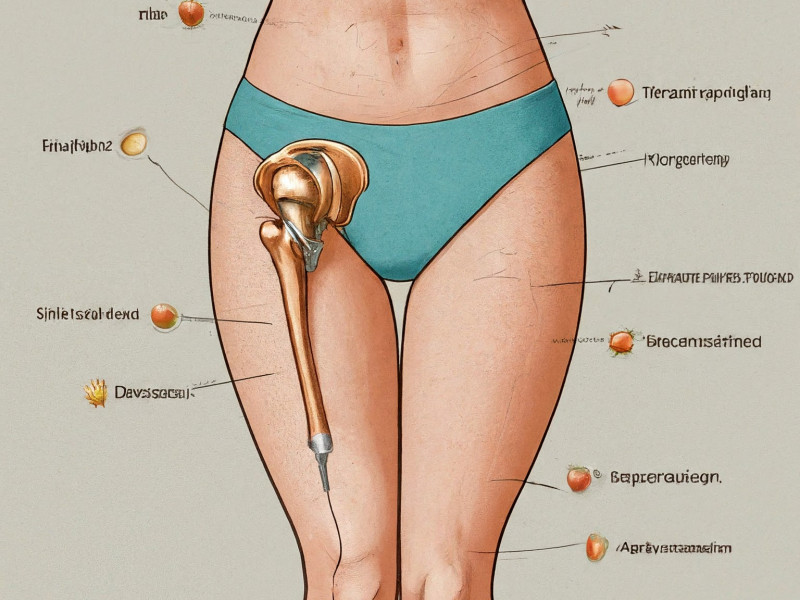

:format(webp)/cdn.mskdoctors.com/storage/profiles/2023/9/LbKKToiGARK3J2FwCeesxzv3EPmUdoE9.jpg)
:format(webp)/cdn.mskdoctors.com/storage/phBX64l1pEcTQ1HMDiT11FTt72xNeVN19uG2yYxA.png)
:format(webp)/cdn.mskdoctors.com/storage/QebHr80wQQ1HwgJHY2wYBKrh2xycCYuHWuKqSyR5.jpg)
